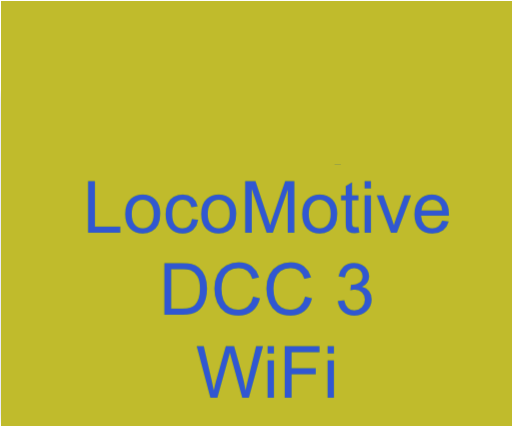mcintire319
New Member
Based upon the limited information that I have uncovered about WiFi train control I have more questions than answers. It looks like LocoFi cab control modules allow you to have DCC-equivalent cab control and sound with less hassle than DCC. It sounds great...but what about WiFi-Only turnout and accessory control. Is that here yet? Is it around the corner? From what I read about DCC/WiFi offerings from the DCC product and software makers it appears that they are trying to save their DCC business models by requiring that the use of WiFi must be combined with the use of their DCC offering in order to work. In hindsight it seems to me that DCC was too long in coming (and too convoluted) and that these DCC manufacturers were caught by surprise when WiFi Model Railroad LLC from California introduced LocoFi modules that are controlled by Smart Phones without any need to integrate with DCC. Please let me know if I have grossly misinterpreted what's happening out there in the model railroading world!?


